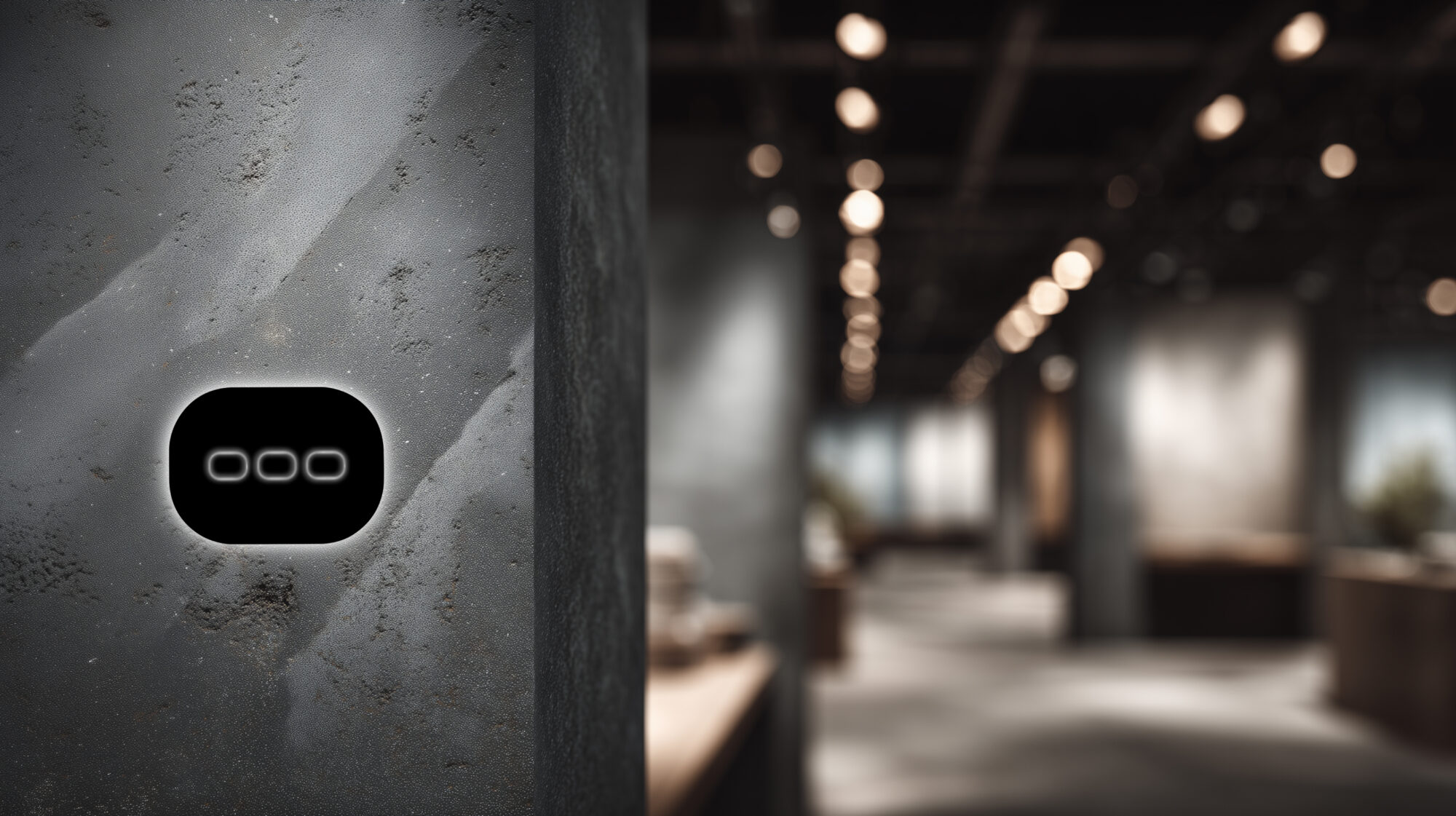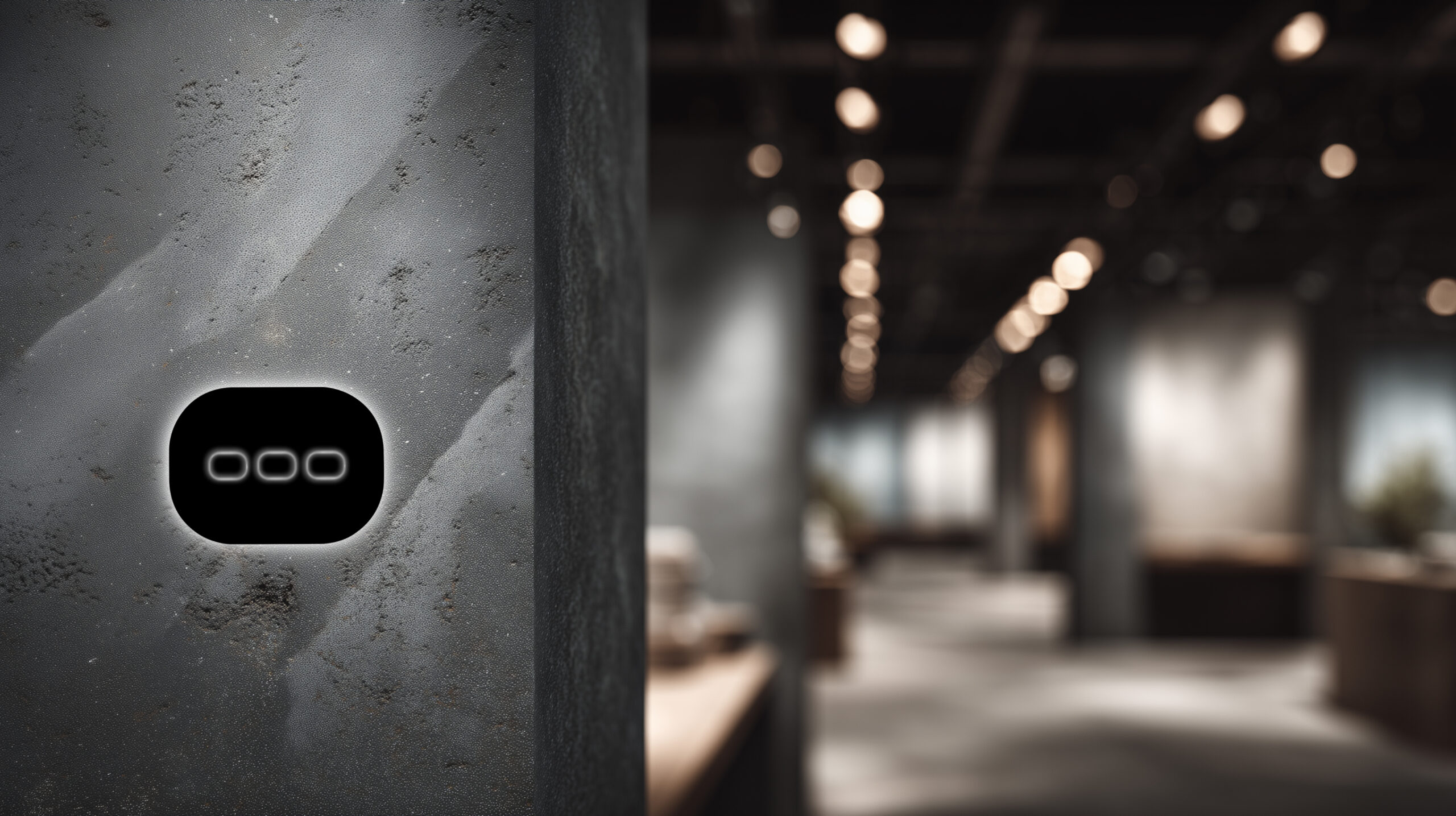
Smart home technology isn’t about visual spectacle. And yet, too often it’s reduced to a show: colored lights on voice command, flashy demos that impress but rarely solve anything. Those who live with—or design for—connected homes know that real value lies elsewhere: in automation that simplifies, anticipates, and supports daily life without demanding attention.
Truly effective smart scenes don’t begin with features. They begin with problems: lights left on in unused rooms, redundant actions repeated every day, transitions that interrupt rather than support. This is where WiOO, integrated into the Apple Home ecosystem, becomes more than a switch—it becomes a functional, programmable node within a system that thinks.
A smart scene that works doesn’t need to impress—it needs to disappear into routine. A “Leaving Home” scene might turn off all unnecessary lights, shut blinds, and cut standby loads at the press of a button. A “Coming Home” scene might restore light only in specific areas depending on the time of day. An “Evening” routine could gradually dim the space without interrupting what you’re doing. A “Cleaning” scene might temporarily activate all lighting to full brightness for practical tasks.
With WiOO, these scenes can be triggered physically, through Siri, via the Apple Home app, or automatically through schedules, sensors, or location. The result is not just a more efficient home—it’s a home that behaves consistently, legibly, and in alignment with your rhythms. And because it behaves consistently, it requires less input.
Useful automation reduces decisions—it doesn’t multiply them. Designing smart scenes today means shaping a space that learns your timing, respects your habits, and responds without asking.
